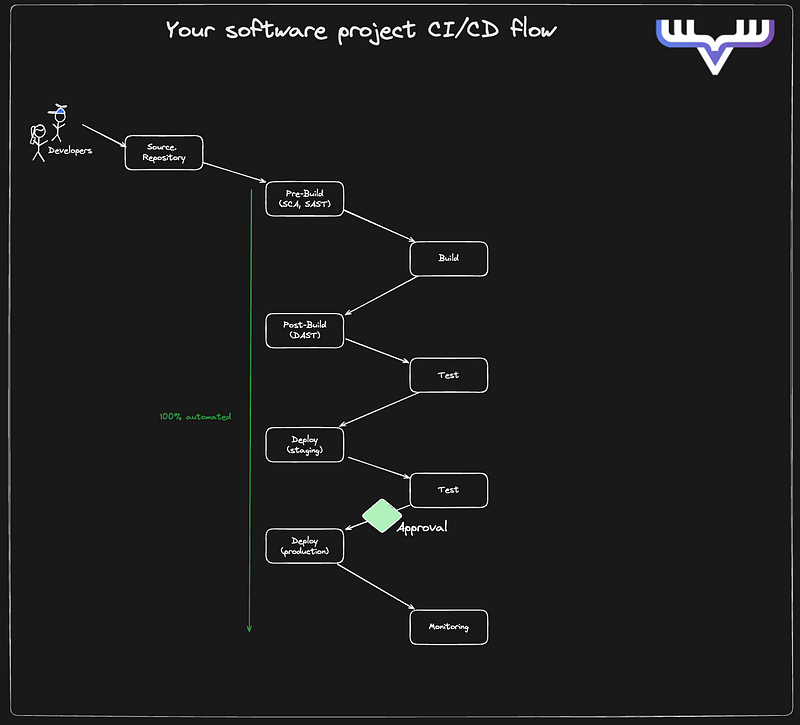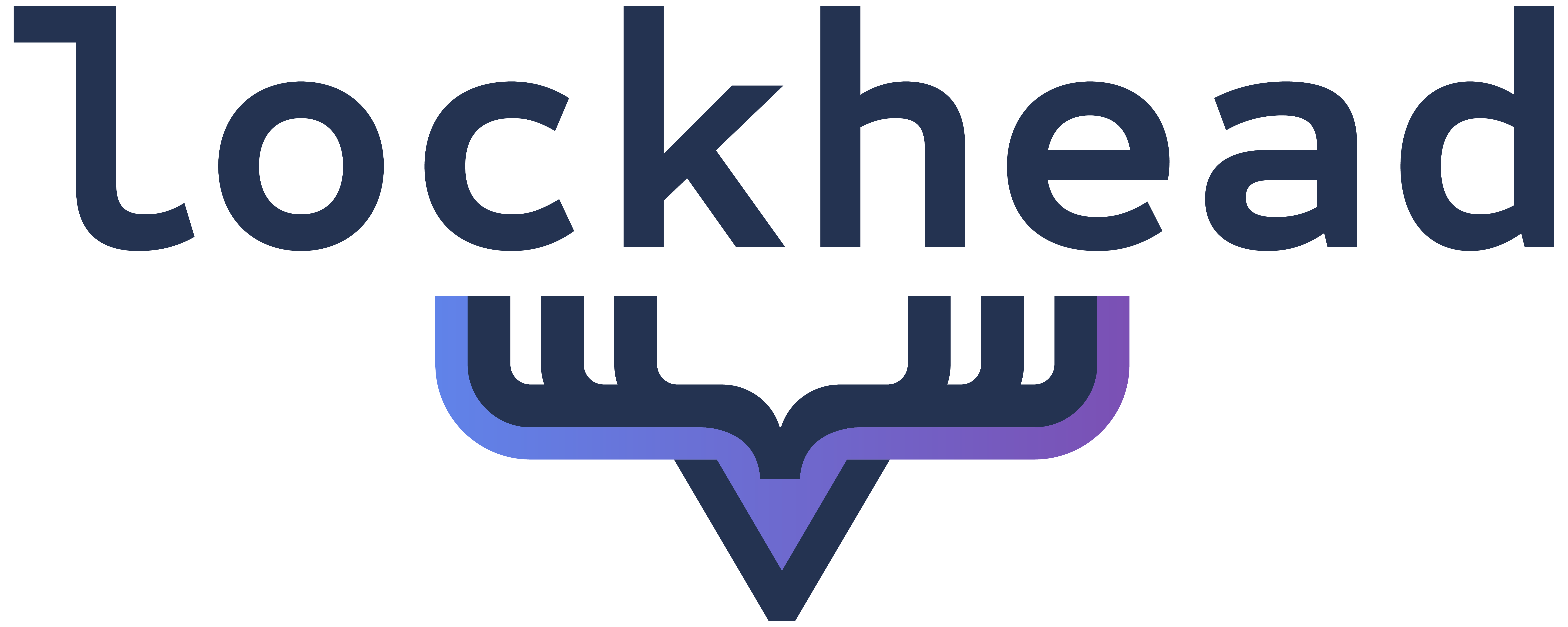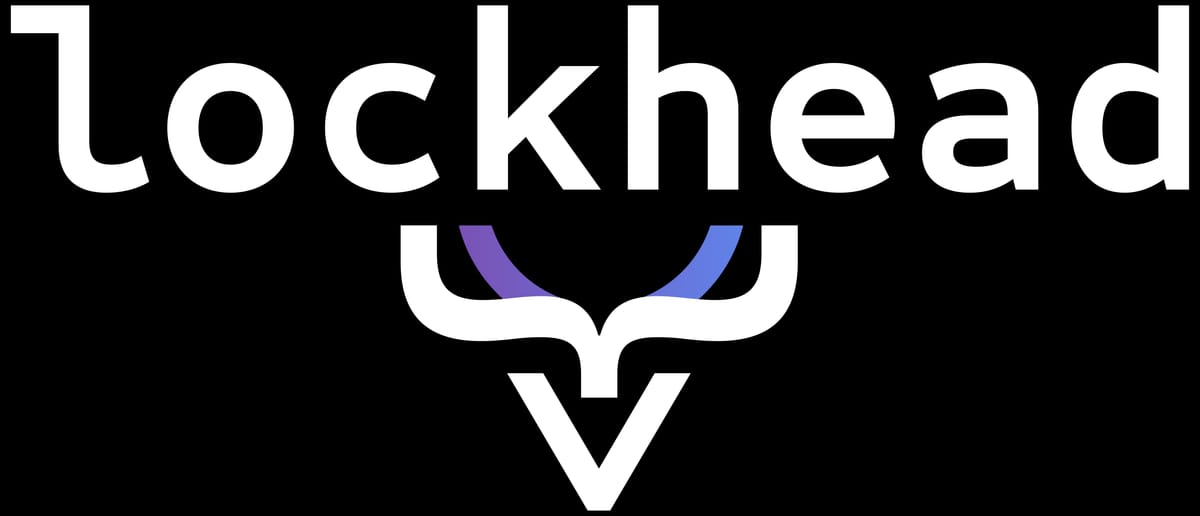
The modern CI/CD toolbox: Strategies for consistency and reliability
Introduction
Welcome to the blogpost supporting the AWS re:Invent 2024 session “DEV335 - The modern CI/CD toolbox: Strategies for consistency and reliability”.
We aim to not only summerize but also enhance your session experience with this blog post.
Please do not hesitate to reach out and ask any questions that you might have in the comments or reach out to us directly on socials.
If you’re an old-school person, reach out to us by eMail.
Session walk-through and contents
CI/CD foundations
Continuous integration (CI) involves developers merging code changes frequently, ensuring that the cumulative code is tested regularly—preferably multiple times a day. Continuous delivery (CD), on the other hand, requires manual approval before deploying to production, while continuous deployment is entirely automated.
Unified CI/CD pipelines
Thorsten emphasized the importance of having a single, unified pipeline for all kinds of changes—whether they are application code updates, infrastructure modifications, or configuration changes. This helps maintain consistency, reduces risks, and simplifies compliance.
Code signing and attestation
According to Gunnar, ensuring the integrity of the code through signing and artifact attestation is paramount. This practice verifies that the code hasn’t been altered improperly, tracing each change back to a trusted source, which significantly reduces the risk of tampering and supply chain attacks.
GitOps: a new look at operations
Johannes took an in-depth look into how GitOps integrates Git with operations, streamlining deployment decision-making. GitOps supports a fast, automated transition into production environments without manual intervention, making it powerful for Kubernetes and other cloud-native projects. The main takeway is that with implementing GitOps, the decision to deploy a change to production is taken by the team members close to the context of the change instead of being taken by a “Change Advisory Board” or managers that are far away from the actual change.
Deployment strategies for minimizing risks
Several deployment strategies, including rolling deployments, blue-green deployments, and canary deployments, were outlined by Gunnar. Each strategy offers a different balance of speed and risk, with options to revert back to previous versions quickly if issues arise. You will need to choose the strategy the fits your business needs and your applications requirements.
Drift - Avoid it at any option
In this section, Johannes highlighted the challenges that come around with “Drift” in deployments - which is defined as any kind of manual changes that are done in your cloud deployment without going through Infrastructure as Code (IaC) and CI/CD. We gave the guidance to ensure that noone should get access to the target account to perform manual changes, instead, you should implement a “break-glass” pipeline that is focused on speed to recover form application downtime by rolling forward through CI/CD.
Ensuring consistency across pipelines
Torsten introduced an innovative approach to maintaining pipeline consistency using constructs. By centralizing the standard pipeline templates and allowing teams to extend them, organizations can adapt to specific needs without sacrificing consistency. This method also assists in managing migration between various CI/CD platforms effectively.
The role of security and compliance
Security and compliance are non-negotiable, integral parts of any CI/CD process. Integrating these practices from the beginning ensures that both security and compliance standards are maintained throughout the development lifecycle.
Feature flags and progressive delivery
Gunnar highlighted the importance of feature flags and progressive delivery in decoupling deployment from feature activation. With feature flags, changes can be made dynamically without redeployment, enhancing agility and reducing risk. This approach, used by companies like Netflix, enables controlled risk management and early detection of issues.
Avoiding vendor lock-in with projen-pipelines
Thorsten presented a possibility for CI/CD practicioners to adapt an open source project called projen-pipelines that empowers developers to switch between different CI/CD vendoers by allowing to define the pipelines in Typescript and implementing a renderer process that is able to generate pipeline code for Gitlab, Github, CodeCatalyst and bash.
Conclusions
The insights from this session highlighted the ever-evolving nature of CI/CD practices, where automation, innovation, and stringent security measures play crucial roles. As we continue to refine these practices, it’s clear that the right blend of technology and methodology can significantly impact the efficiency and reliability of software delivery processes.
Next steps
To dive deeper into these strategies, check out the resources and links provided below. Engage with the wider community to exchange ideas and best practices, and continue evolving your CI/CD processes to meet future challenges.
Thank you for attending this session and for taking the time to read the additional information provided here.
Please do not hesitate to reach out and ask any questions that you might have in the comments or reach out to us directly on socials.
If you’re an old-school person, reach out to us by eMail.
The links mentioned in the session
- Social links
- Your CI/CD pipeline is your release captain
- Continuous Configuration on AWS
- GitOps
- Other links
- AWS Community Programs

